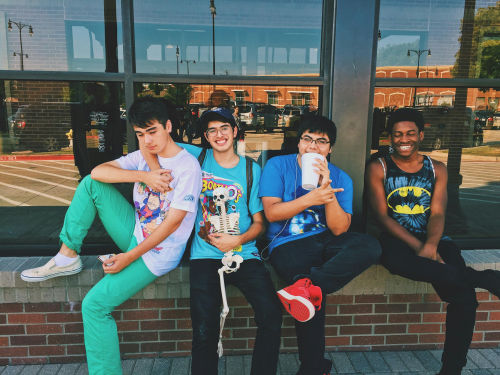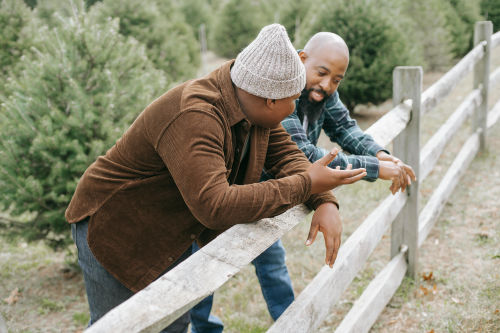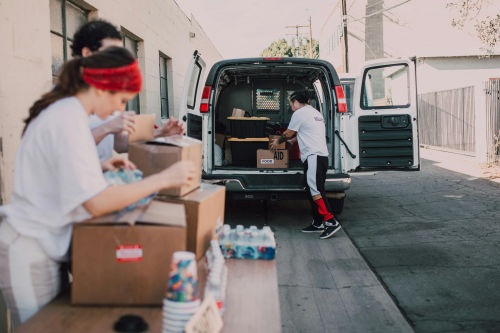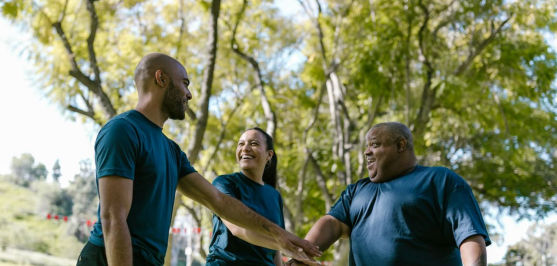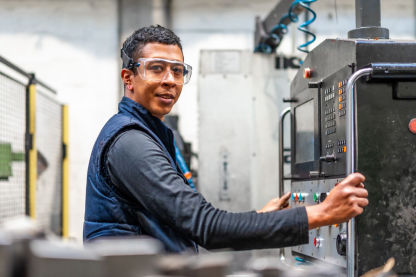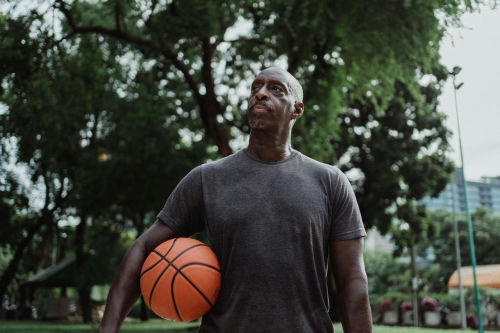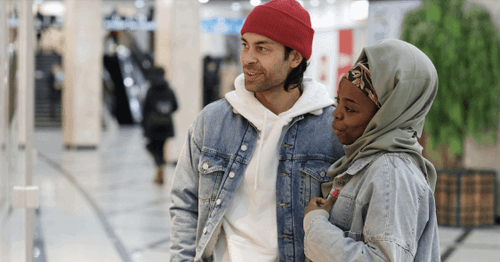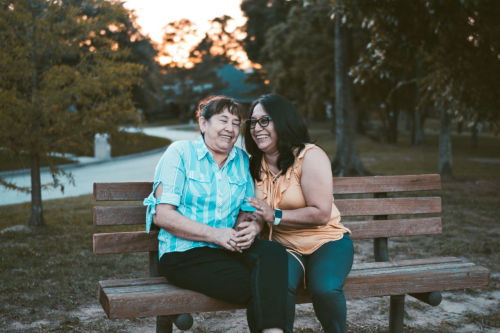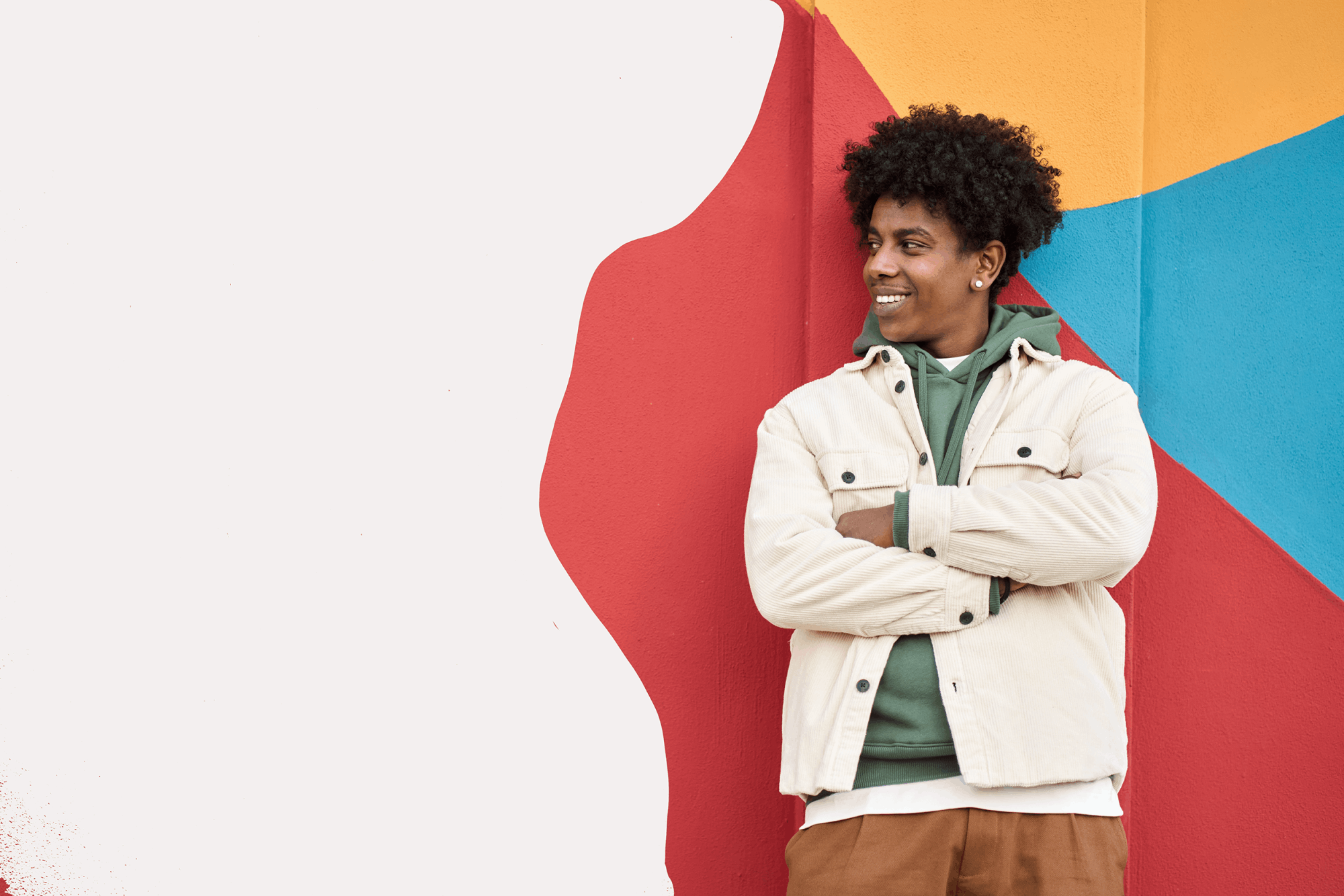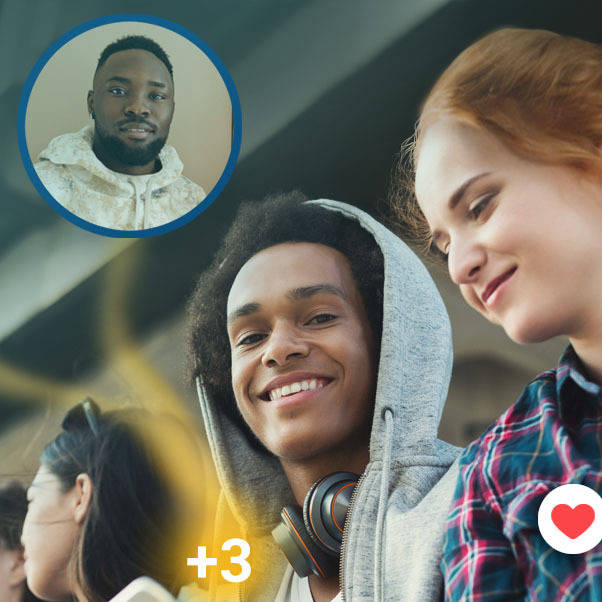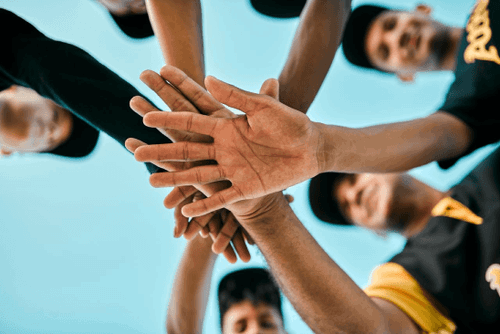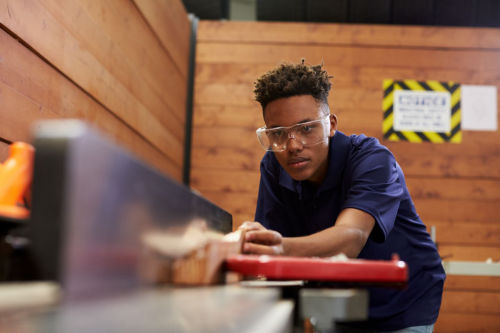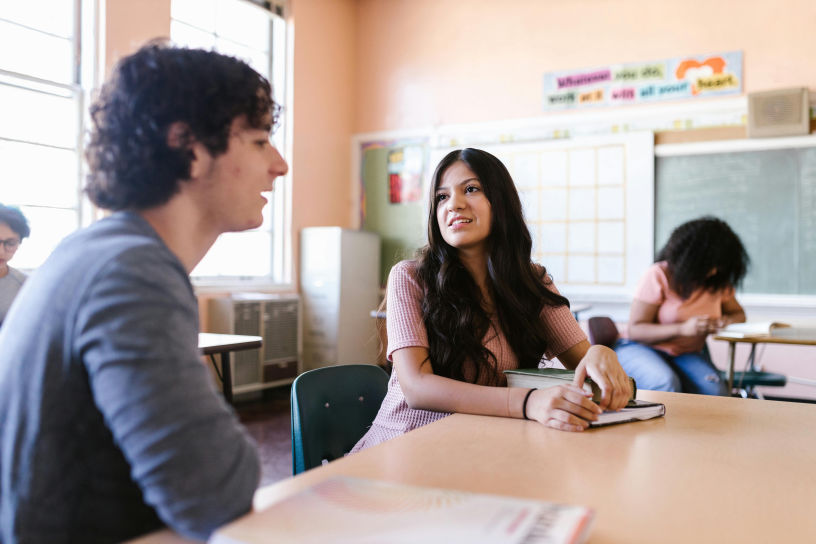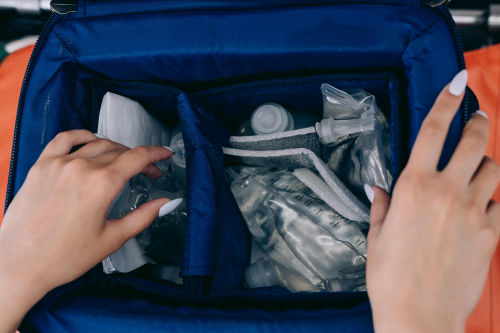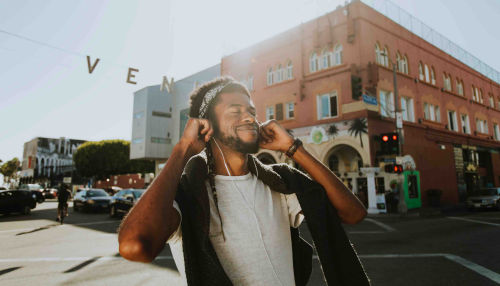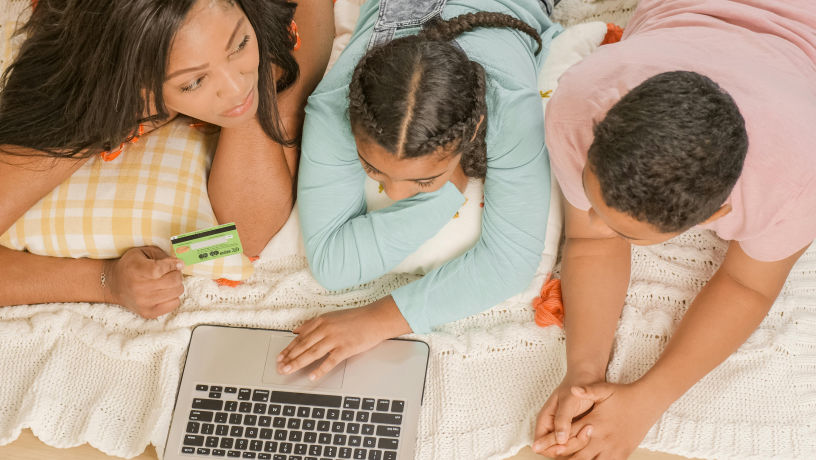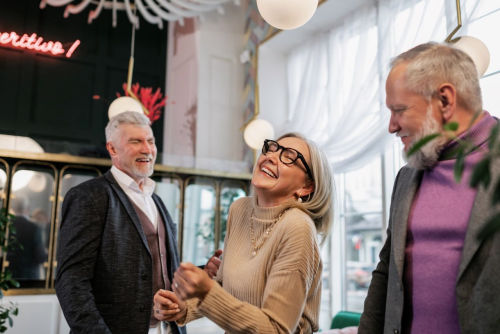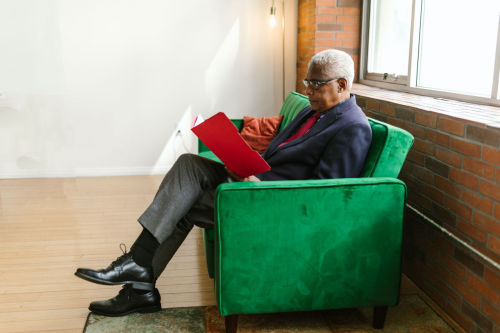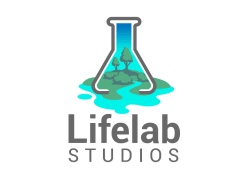Protective Factor Journey
This program helps justice-involved youth address criminogenic needs while building protective factors for stability and success. With 8 certificates and over 64 research-based modules, it teaches skills like managing emotions, strengthening family connections, avoiding substances, and making better choices to create a safer, more fulfilling future.

Making Good Choices
If you want to make better decisions and create a positive
future, this certificate will help. You'll learn how your choices
affect you and others, how to think ahead, and how to stay safe
in tough situations. You'll work on breaking
old habits, and understanding how your attitude can shape
your actions.

Owning My Past Actions
This certificate is perfect for thinking about your past actions and
learning from them. It helps you understand how to take
responsibility, show kindness, and grow as a person. Taking
responsibility for your actions matters because it helps you
move forward and make better decisions.

Avoiding Substance Abuse
Learn about the dangers of drugs and alcohol and how to stay
away from them with this journey. It also talks about how
substance abuse can affect your family and ways to get help if
needed. Staying away from substance abuse is crucial because
it keeps you healthy and helps you make good choices
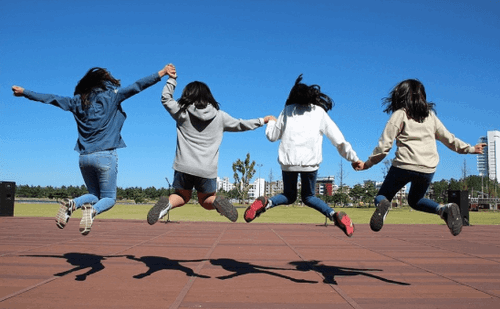
Building Strong Relationships
This certificate teaches you how to have good and healthy
relationships with others. It includes tips on being a good
friend, talking and listening well, and understanding how your
actions affect others. Having strong relationships is important
because it gives you support and makes life more enjoyable.

Growing My Future
For those who want to plan and get ready for their future, this journey offers great guidance. It includes ideas on using your strengths, setting goals, and preparing for things like school and jobs. Planning for your future is important because it helps you create a positive path for yourself.
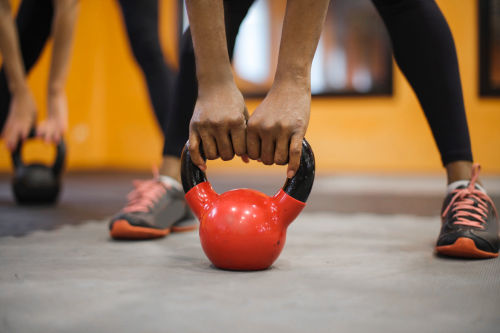
Pursuing Health and Wellness
If you want to take care of your body and mind, this certificate is
for you. It includes advice on staying active, eating well,
managing stress, and sleeping better. Taking care of your health
is important because it helps you feel good and have the energy
to do what you love.

Having a Positive Attitude
The certificate inspires participants to embrace a positive attitude, build strong character, and strive to be their best selves. Through reflection and goal setting, members develop resilience, self-awareness, and gratitude, empowering them to lead with integrity.

Strengthening Families
The Family Strengthening Program helps participants build healthier relationships through empathy, effective communication, and setting boundaries. This program fosters trust, mutual respect, and how to build supportive connections among one's "family."
